Hong Kong, which translates as “Fragrant Harbor,” does not disappoint. The former British Colony’s modern neon-lit skyline contrasted against the traditional Chinese architecture was even more eye-popping than I expected. Bustling and bursting with color, this place will delight your every sense. I love how symbolism permeates the Hong Kong lifestyle through colors and numbers.
Call it love at first sight — the vibrancy and nightlife stole my heart.
I first traveled to Hong Kong a few years ago, as an onshore excursion from a luxury cruise of eastern Asia. I’m still hopelessly and madly in love with the place and counting the days till we can be reunited.
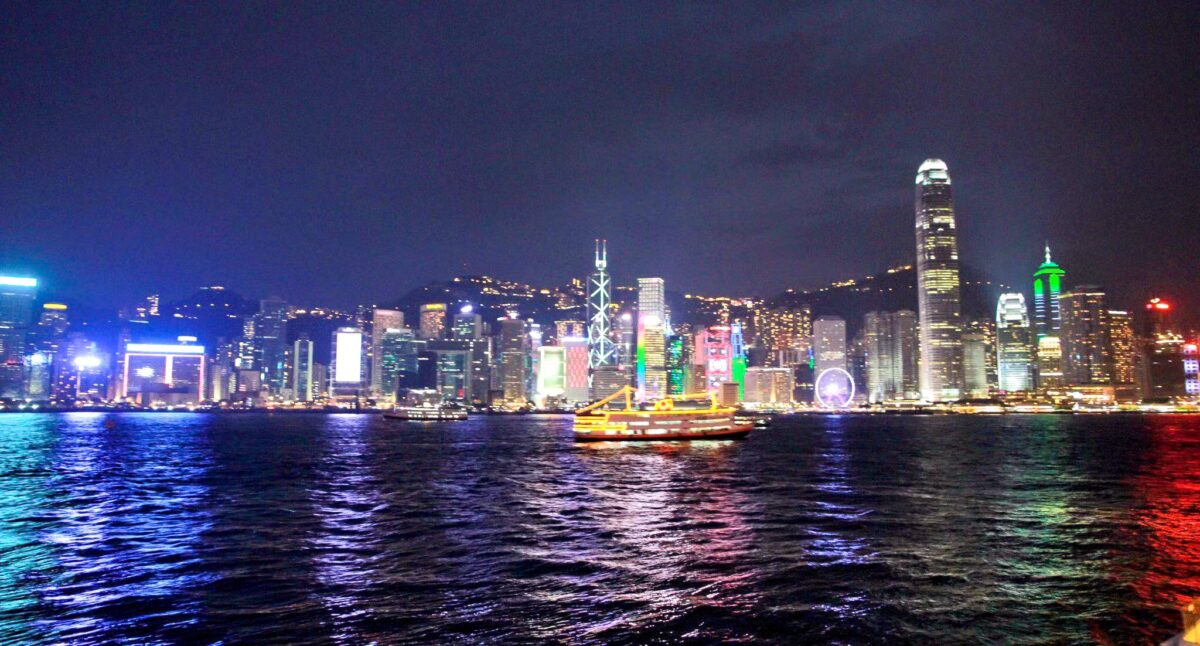
Check out the following. I guarantee, the Fragrant Harbor will be on your bucket list ASAP.
Table of Contents
Everybody is a Foodie
Delicious dining is a given. Hong Kongese take food very seriously and the standards are high. There are more than 50 Michelin-starred restaurants and countless other mom and pop establishments, lunch counter noodle shops, and hole-in-the-wall dim sum spots serving beyond deliciousness. How to choose one? Look for the line of people. Here’s a tip: Restaurants typically specialize in one thing. I suggest trying dim sum for sure. Your hotel concierge can give recommendations.
Hong Kong also holds strong spiritual beliefs surrounding food. That’s another blog post for another day, but here’s just one brief story. A friend in Hong Kong wanted me to try a particular drink. I noticed floating particles looking like tea herbs and asked what it was. She looked up the English translation and replied, “Horse hooves.” Alas, I was not adventurous enough to try it, although we can find horse hooves easily in gelatin dishes and drinks in the U.S. I did try a few other things here and there, though, just to be open.
Color Me Symbolic
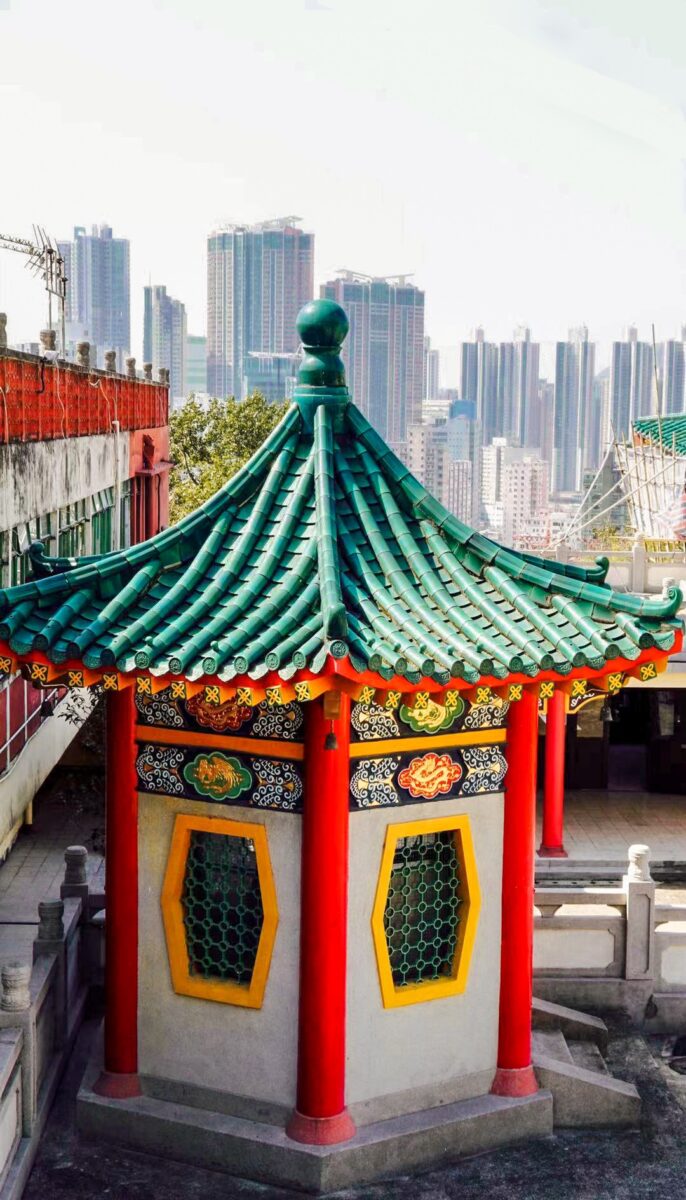
Do you know the meanings behind the vibrant colors painting Hong Kong’s buildings? Three colors in particular dominate the temples. These are red, green, and yellow, and they are considered lucky colors. Red has the job of bringing happiness and good luck by warding off evil spirits. Green means money, and yellow means nobility. The colors’ properties are used for other items, such as cars, as well.
Luck Is in the Numbers
Numbers carry meaning, too. For example, the number 4 is associated with death, so items aren’t sold in bundles of four, such as four cookies in a pack, and tall buildings omit numbering floors with the 4, like 14, 24, and 34. Similar to the Western view of unlucky #13.
I found this list of numbers and their significance. Interesting, isn’t it?
- Certainty
- Easy
- Vitality
- Death
- No prosperity
- Eternity
- Never have 7 courses because that’s the number of courses for ghosts
- Getting rich
- Longevity
- Perfect
Happy New Year!
2021 is the Year of the Ox, according to the Chinese lunar calendar. This year the celebration culminates on Friday, Feb. 12. What is your sign? Or should I say “animal?” The calendar follows a 12-year cycle, and each year has an animal and its attributes assigned to it. For example, people born in the Year of the Ox are helpful, industrious, strong in faith, and cautious. The order of the zodiac animals is rat, ox, tiger, rabbit, dragon, snake, horse goat, monkey, rooster, dog, and pig. Not sure what your sign is? Find out here.
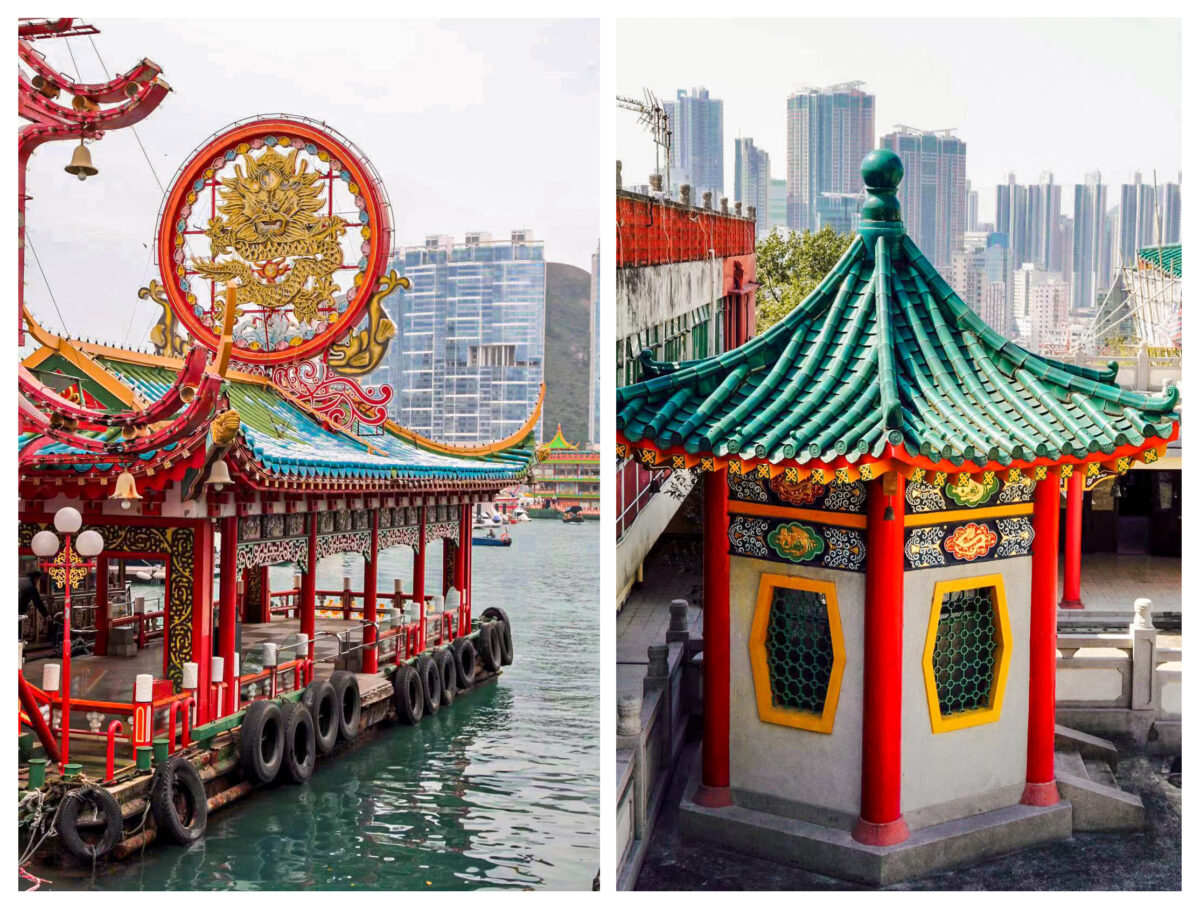
The Year of the … COVID?
Don’t book your flight for Chinese New Year just yet. Though the celebration is the most important one in China and throughout nearly all of Asia, mass gatherings and parties have been cancelled due to the pandemic. There are very strict travel restrictions, too. According to Fortune magazine, “Ordinarily, hundreds of millions of Chinese travel across the country to see their families during the holiday, making a collective 3 billion trips the 40-day window the government consider ‘holiday travel.’” Needless to say, this will affect the travel industry in negative ways and severely disappoint those who won’t be able to gather with their families. I’ve heard that the Chinese government is paying people to stay home but I couldn’t find anything to substantiate the claim.
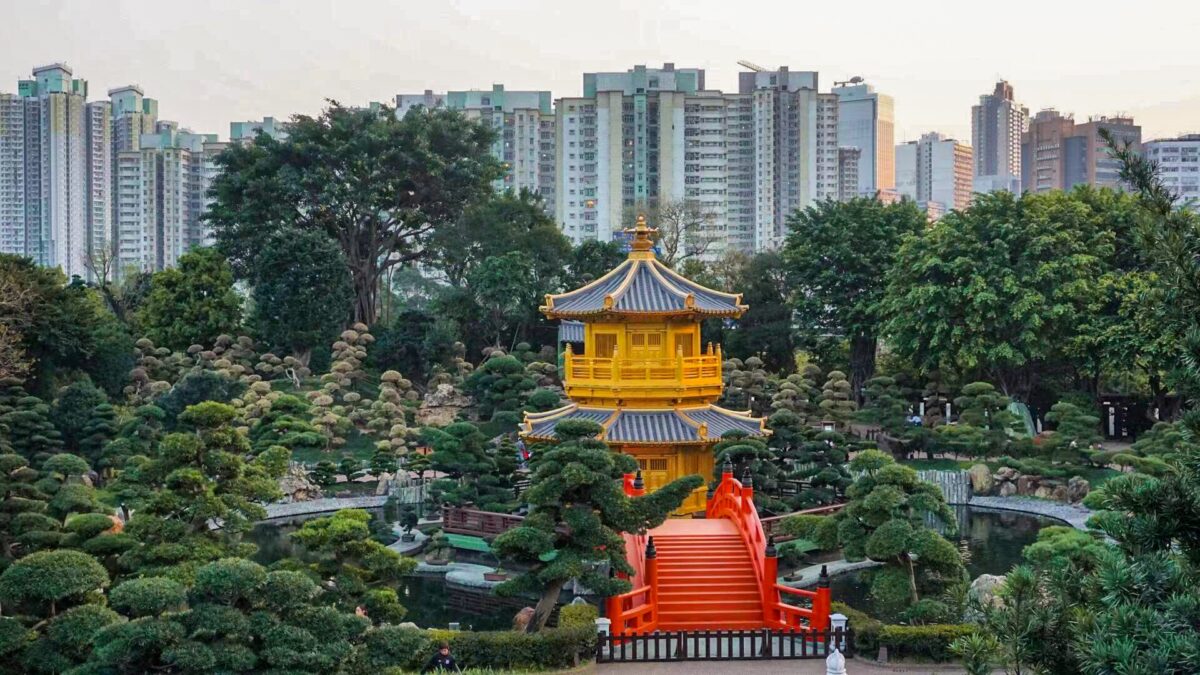
The Hong Kong Dollar
Hong Kong’s official currency is the Hong Kong dollar. The dollar is subdivided into 100 cents. The money is printed by three different private banks. The different currencies share the same color but not the same artwork. I find it interesting that the People’s Republic of China and Hong Kong have different currencies. China’s currency is the Yuan (CNY) or Renminbi (RMB).
A Tight Lifestyle
Big is the way to go in the U.S. Hong Kong is the opposite. For example, it’s not uncommon for a family of five to share a 400-square-foot flat. I checked with locals about how they store their belongings, and many use a facility to store off-season clothing. Also, Hong Kong has about 40 beaches for its population of 7 million. You do the math! Based on the number of people I saw crowding the streets, I can’t imagine what the beaches must be like.
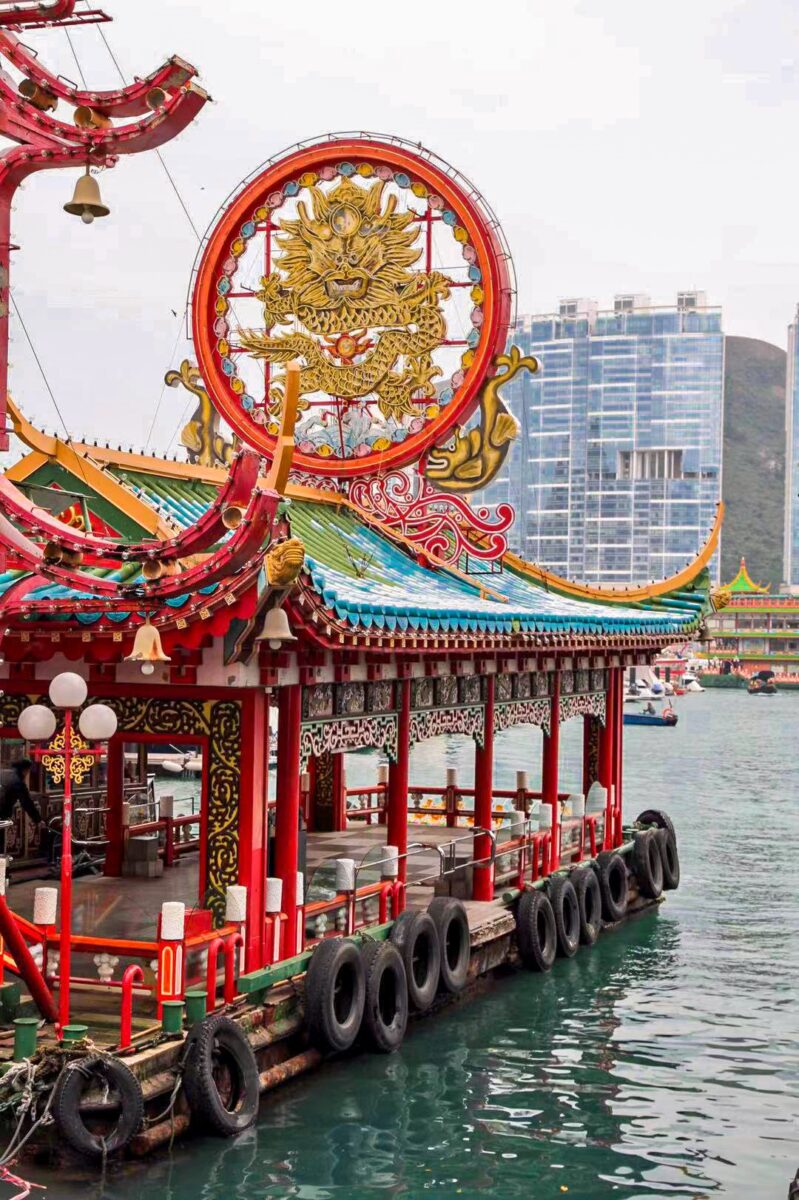
Driving is Serious Business
Car ownership and driving are considered luxuries in Hong Kong. Not only is the vehicle expensive to buy, so is the cost of parking. However, the public transportation system is excellent, taxis are plentiful, and walking lets you experience more. Also, the size of Hong Kong is only 400 square kilometers.
One Country, Two Systems
Hong Kong is governed under a one country, two systems model. When Great Britain’s 99-year lease expired in 1997, the territory became a special administrative region of the People’s Republic of China. The official name is “the Hong Kong Special Administrative Region of the People’s Republic of China.”
While in Hong Kong, I couldn’t stop gaping at the endless skyline. Hong Kong is vertical, built up, to accommodate the large population and thriving businesses in such a small space. I found it mesmerizing. Also, it seemed the people I met had lives filled with symbolism. They reminded me of my grandmother, who shared a lot of her beliefs (some may say “superstitions”) with me as a child in Vietnam.
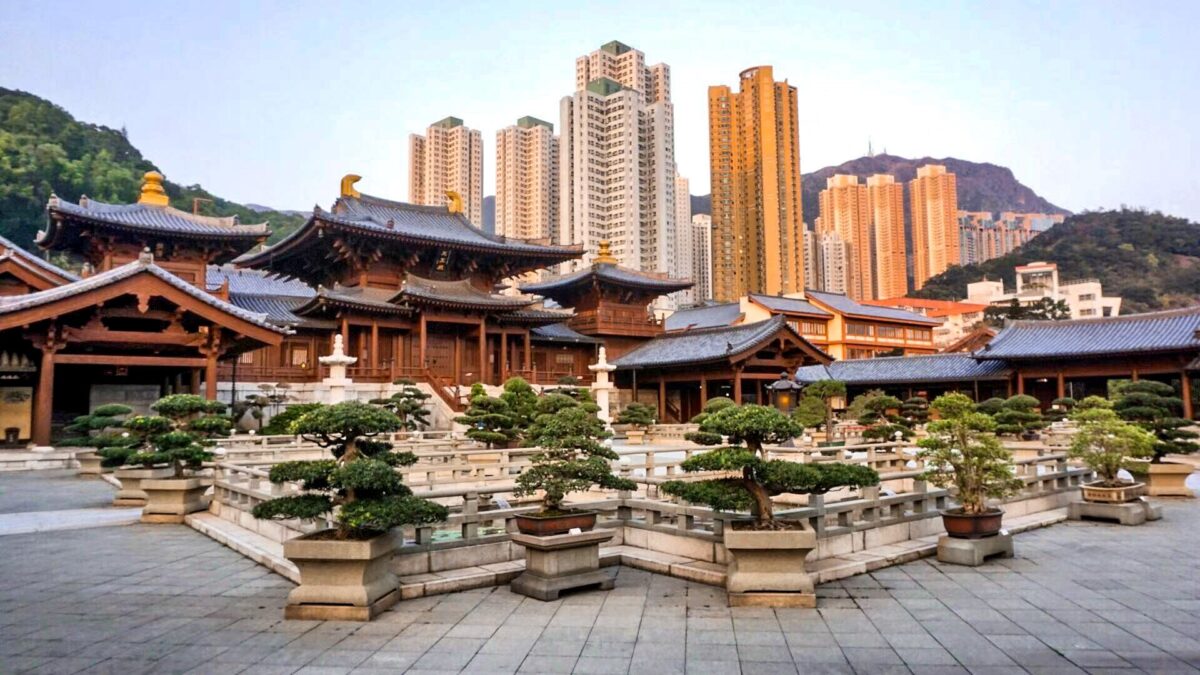
Where to stay?
Ritz-Carlton, Hong Kong
As always, I can’t wait for a return trip. Wouldn’t it be great if could cross paths? Stay safe.
